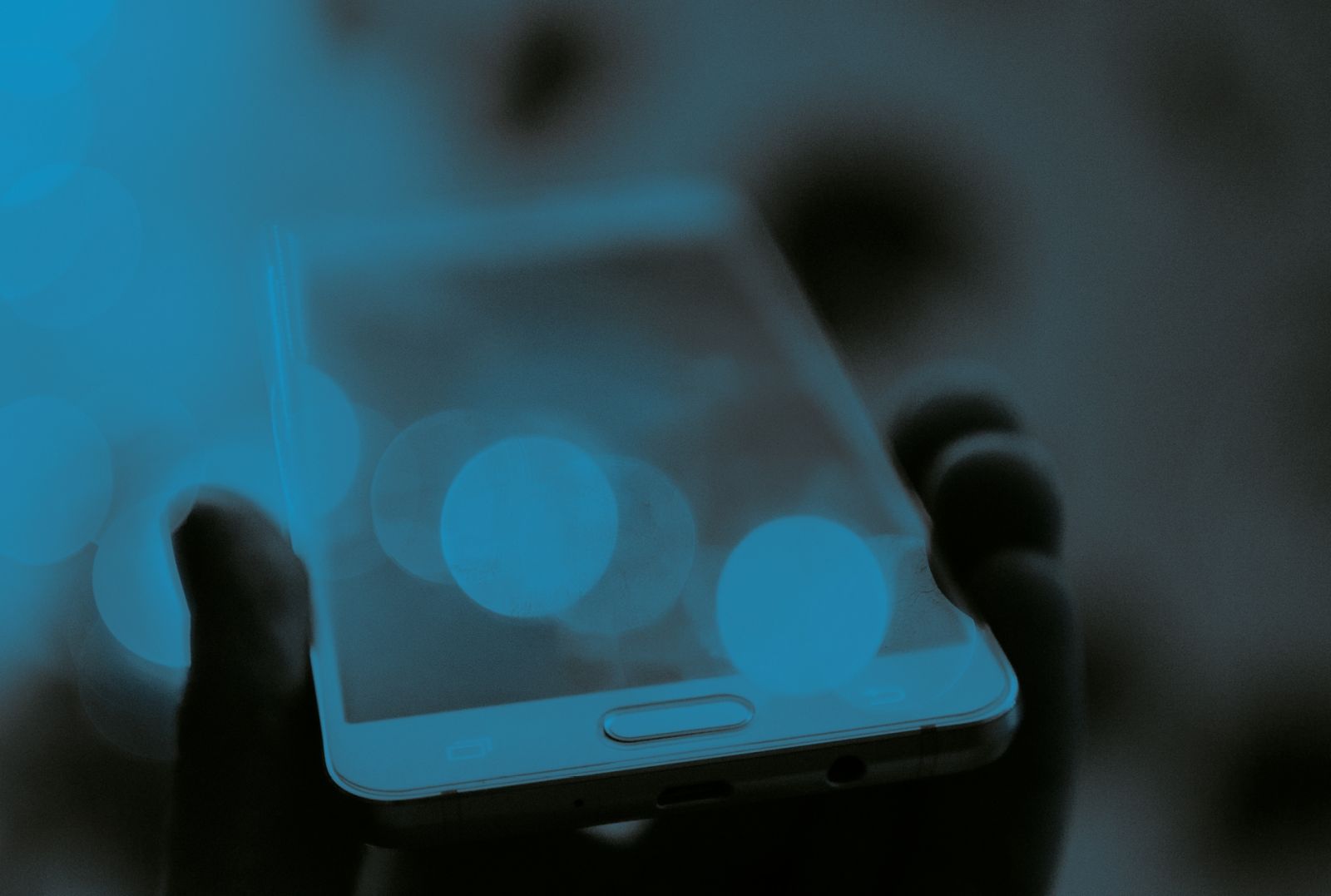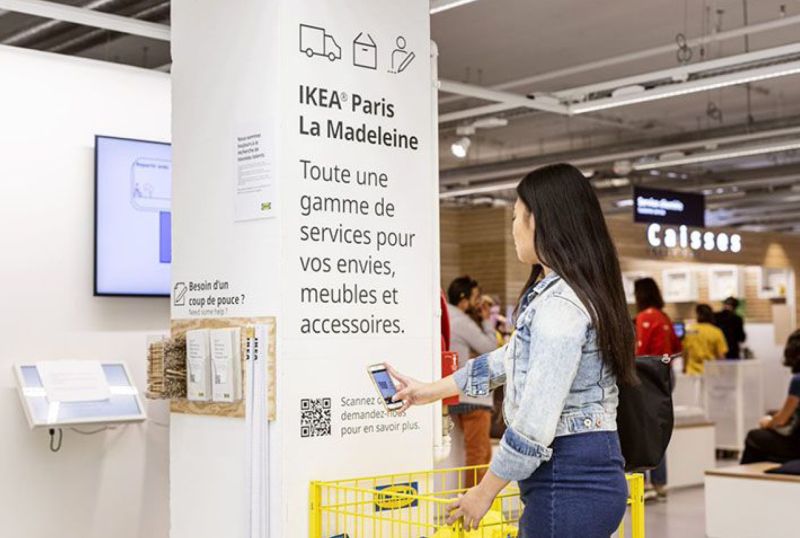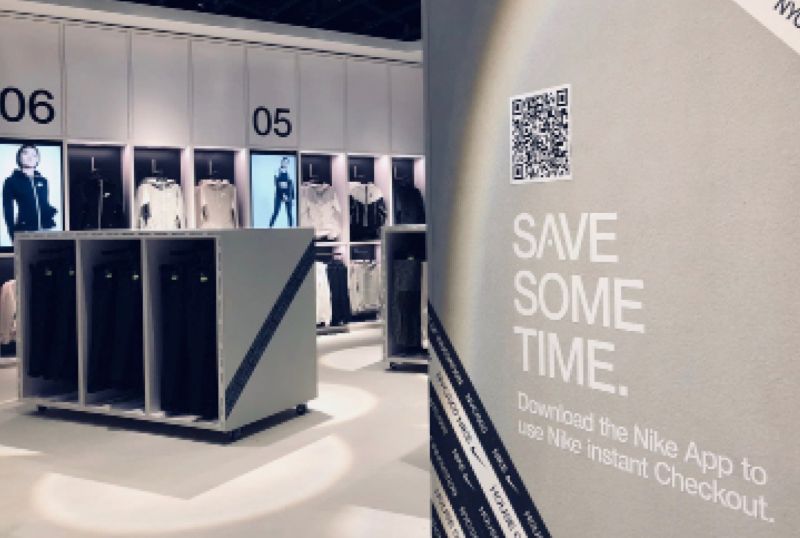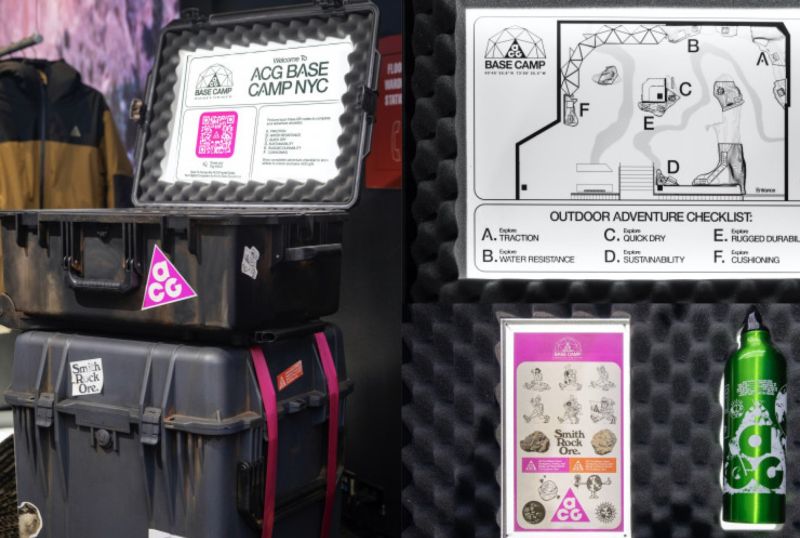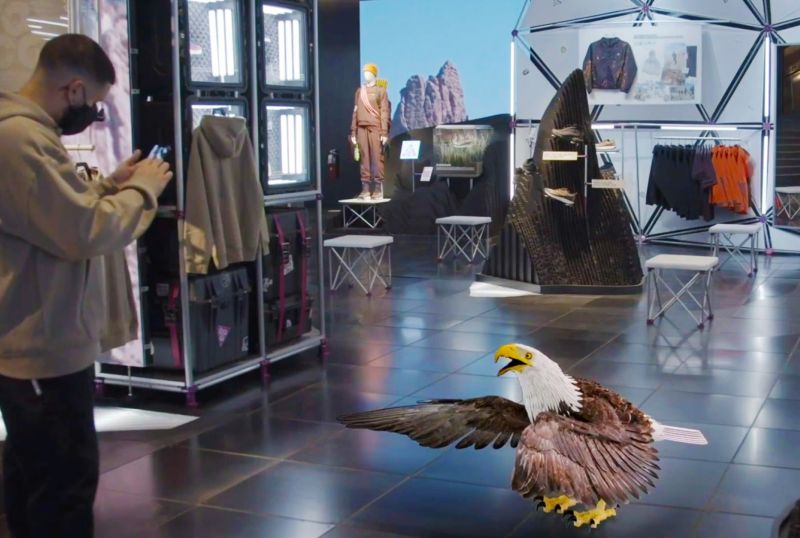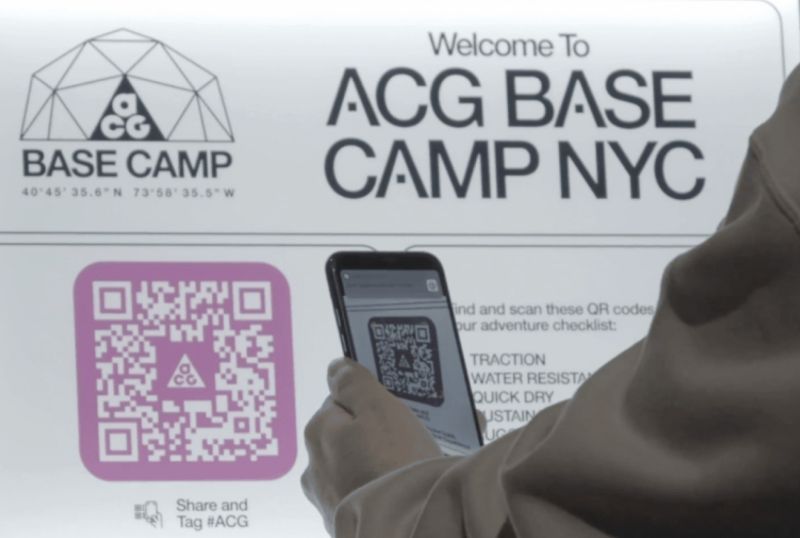Bridging the Gap between the Online and Offline Retail Experience
Over the past 20 years, a broad range of new technologies have been integrated into physical retail stores. However, while a few have enhanced the store experience or brought meaningful added value, most have simply created barriers to customer engagement.
One familiar technology that has the ability to encourage customers to engage in the physical store more is the smartphone. Not only is it the most intuitive technology for customers to use, but when a smartphone experience in-store is well executed, it is akin to a TV remote - it puts the customer in control of their own in-store experience. Yet, possibly the greatest value in integrating the customer’s device into a store strategy is its ability to create a frictionless bridge between a brand’s physical and digital worlds. At a time when retail brands continue to struggle to deliver a seamless omnichannel brand experience, the most straightforward solution may just be in the customer’s pocket.
Where we are today
Many retailers are already taking advantage of this opportunity, bringing channels closer together through the customer’s device. They have recognised the consumer’s new-found comfort in scanning QR codes and tapping NFC tags with their own devices. Between 2019 and 2021, customer use of QR codes increased from 35% to 83%. A by-product of these new habits is that brands have been leveraging these technologies in-store to direct customers to their own dedicated apps (or micro-sites).
Once downloaded, brand apps enable retailers to extend their reach and continue conversations with their customers beyond the physical store. By giving access to digital information in-store such as a customer’s online basket or additional product details and videos, brand apps have enabled retailers to begin creating connections between their offline and online experiences. Through data collected from the use of apps in-store, brands have not only begun to understand their audience better, but they’re also able to personalise the store experience to give the customer more of what they want. Dedicated apps provide a powerful omnichannel bridge, enabling a business to share a truly consistent brand message across all of its channels.
Now retailers must use the physical to bring the digital to life
The challenge with the majority of the existing solutions in place today, whereby customers engage with a brand app or a branded micro-site via their smartphone in-store, is that the digital and physical channels remain largely independent of one another. With the exception of a few, these experiences simply redirect the customer to a different channel. Rarely do the features of a brand app rely upon the physical store or vice versa. Whilst research shows that there has been a clear increase in the use of QR codes in store, we also see that customers report of feeling frustrated and underwhelmed if these simply send them to another channel that they could have accessed from the comfort of their home. As retailers continue to evolve their digital platforms and physical store formats, they must explore how the two channels can be blended to deliver a more integrated and seamless omnichannel experience.
One of the great strengths of physical retail is its ability to create surprise and delight through moments of discovery. So, for the physical store to remain relevant, retailers must no longer settle on simply redirecting in-store customers to their online channel or brand app. Retailers must now merge the digital with the physical to create experiences unique to each shopper and each store location. Through their customers’ smartphones and dedicated brand apps, retailers now have a powerful tool at their disposal. A tool that can connect their online and offline channels by taking their in-store convenience and moments of discovery to a new level, and create more meaningful experiences that will encourage more return visits.
What should retailers be considering now?
1. Personalise customer communications
Through brand apps, notify customers of in-store offers and events that align with their shopping history, preferences and interests. These notifications may be sent to the customer when they enter the store, when they are nearby to a store or even when they are in their home.
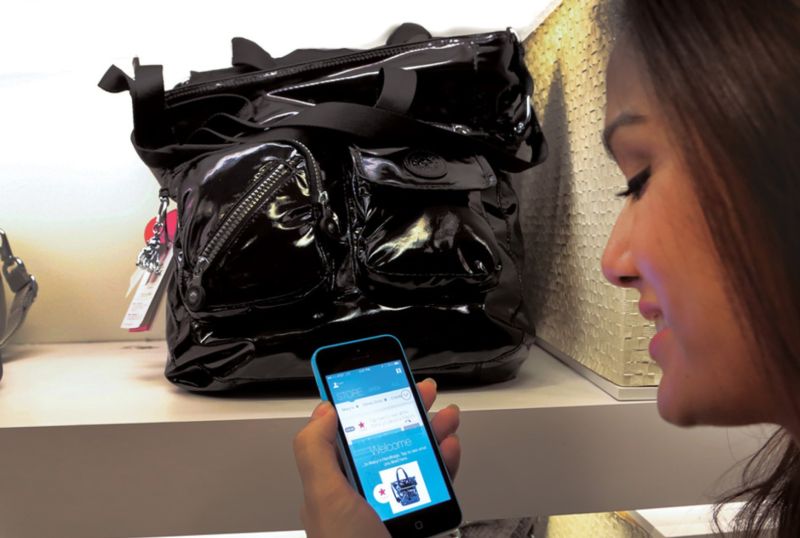
2. Help customers navigate stores more easily
Enable customers to use their personal devices to navigate stores and locate items on their digital shopping lists.
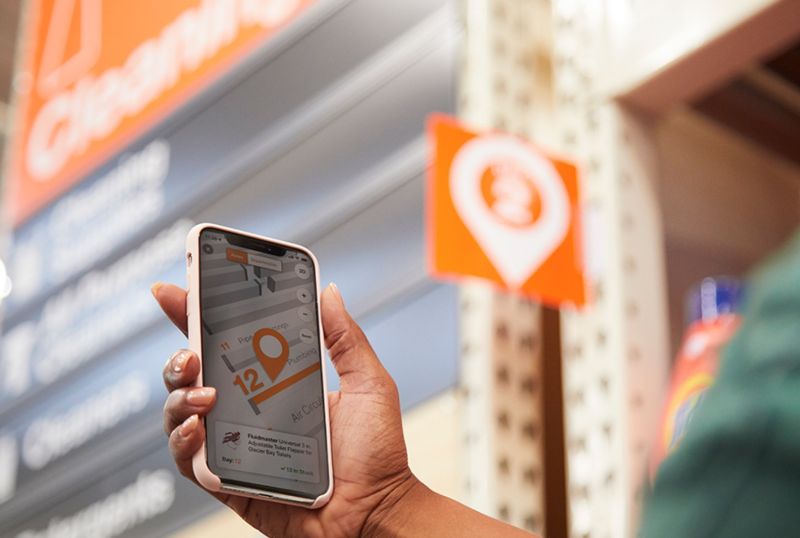
3. Offer more personalised consultation
Notify staff when existing customers enter a store and give them access to the shopper’s past history and preferences. Combine customer data with AI-generated insight to anticipate relevant products and services. Enable existing customers to see when staff members they’ve previously talked to are working, so they can book repeat appointments with the staff member of their choice.
4. In-store live chat/virtual chat
In the event that specialised store staff are unavailable, provide customers with the option to speak with real-life or virtual remote experts via their phones. This will help retailers service clients better and reduce waiting times in the physical store.
5. Encourage customers to create digital wish lists
Through the use of image recognition technology or QR codes on clearly presented, well-designed engaging product displays, encourage customers to collect items (products and services) of interest and create digital wish lists or populate online baskets on their personal devices whilst in-store.
6. Create integrated gamified store experiences
Create moments in-store where the customer device becomes a control pad for fun and memorable experiences involving a set task and reward them when the task is completed.
7. Use technology to create unique moments not available elsewhere
Using the technology embedded within the customer’s mobile device, retailers must personalise the in-store experience and bring store displays to life. They must apply digital layers that provide different stories, contexts and offers for different shoppers based on their unique preferences, communicating benefits relevant to them.
8. Don’t forget connectivity
For the physical store to leverage the customer device as an integral part of any omnichannel strategy, retailers must not forget to ensure that their customers have access to a fast and reliable connection, via WiFi or 5G, in their stores.
Conclusion
As the reliance upon brand apps within stores grows, retailers will define new and creative ways to merge their digital and physical channels in order to provide rich, meaningful and seamless omnichannel experiences. The brands that will succeed are those that recognise that repeatable digital moments available elsewhere are not enough. For these moments to surprise, delight and connect deeply with the customer, they must be unique to each shopper, to the location and only available in that specific moment. Retailers must use digital platforms to connect customers to real people, and they must use real people to connect customers to digital platforms. Brands must understand that omnichannel habits and behaviours won’t happen overnight, they take time to develop. Those retailers that use small, incremental steps to integrate their digital and physical channels will be the ones that walk with their customers into the promised land of true omni-channel retailing.
It is only when retailers and their design teams cleverly combine the physical environment with the features of a brand app or micro-site in a personal and accessible way, that they truly bring omnichannel retail experiences to life and deliver meaningful value. The kind of value that results in long-term commitment and engagement with all of a brand’s channels, whether digital or physical.
